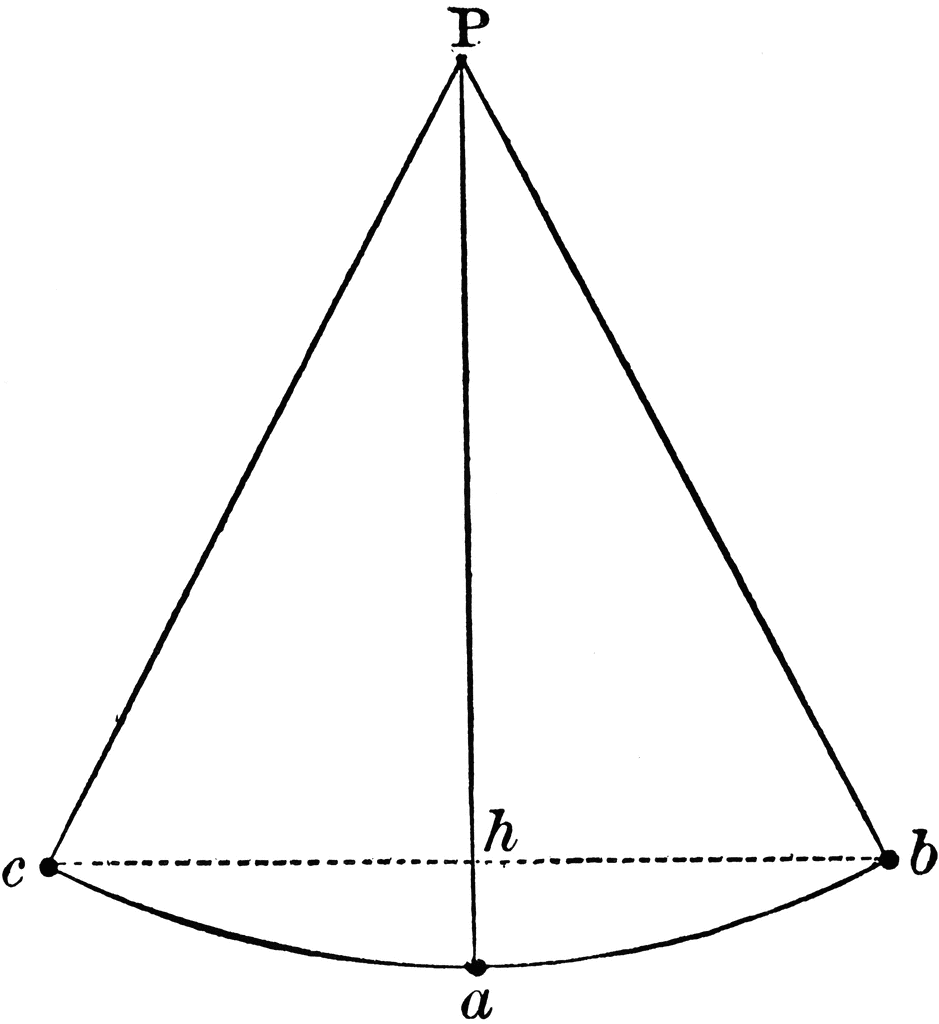Question #a5469
1 Answer
Let us look at the experimental setup as shown in the figure below.

A bowling ball is tied securely to a rope and hung from pivot
Suppose the volunteer stands at point
As the ball is allowed to just let go (without any push or adding energy) it swings towards mean position
At location
It overshoots and continues its swing towards
We note that at any point of time during its swing, the sum of instantaneous potential energy and kinetic energy remains constant
Now the ball reverses its journey to
In real life situation, some energy is always lost due to mechanical friction of the pivot and also due to air friction encountered by the ball. Therefore, the ball may not even be able to reach chin of the volunteer after one swing.
